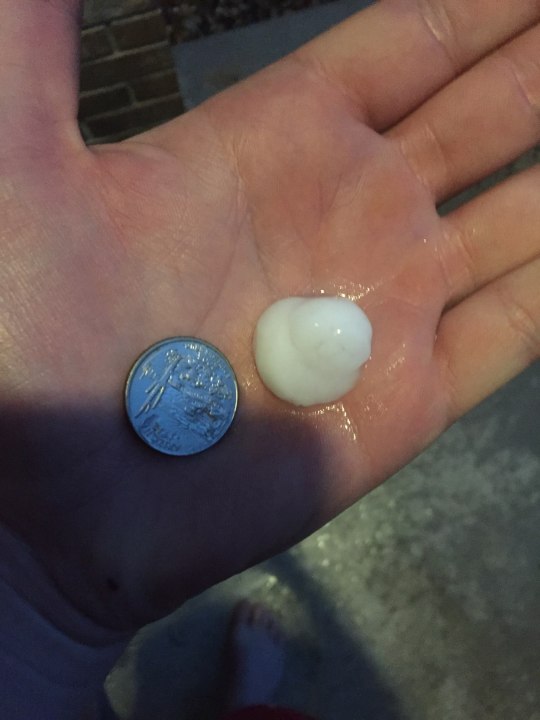PORTLAND, Ore. (KOIN) – Do you find yourself staring at the clouds waiting for a storm to move in? Do you find the sound of rain and wind enjoyable? You may be just like the KOIN 6 weather team, and we find weather fascinating.
In part 4 of our series exploring twisters in the Pacific Northwest, we are focusing on storm chasing. Yes, you read that correctly, STORM CHASING!

There are professionals across the United States and in other countries that chase storms for a living. Many chase storms as part of research or for studies in school. There are a handful of people that storm chase as a hobby. Let me stress, you shouldn’t storm chase unless you’re with someone who is experienced and has the knowledge to guide the situation. It is dangerous and it can be life threatening. Even when you have all the tools, the risky nature of being around such strong and powerful storms can be incalculable. With that in mind, it is a way of life for some people.
This lesson is going to be video heavy!
We have multiple videos from Chief Meteorologist Natasha Stenbock in this lesson. These videos are from when she went out and did some storm chasing in areas of the Midwest.
Watch the video below:
GEAR & PRODUCTS


Many storm chasers have gear and storm chasing kits for this type of career. Some serious storm chasers have very sturdy and protective vehicles that can take on flying debris and strong wind for this career. Notice that some storms can produce large hail! You need a car that can potentially withstand that type of damage. For an amateur storm chaser, an extremely reliable vehicle is a must. You want to be able to move safely and quickly. It is equally important to have a radio, GPS, maps and tracking software. The gear and products that you need for storm chasing is collectively important. You need all the products to be set up for success and to be safe.

The video below is from the inside of the vehicle that Chief Meteorologist Natasha Stenbock was traveling in during her storm chasing event. Notice the tracking software, radar data, that they have right there displayed on the monitor on the dash. These are the type of things that are beneficial for storm chasing, especially if you’re hunting tornadoes.
ANOTHER VIDEO OF FROM NATASHA
WHY IT’S DIFFICULT HERE
The type of storm chasing that is done professionally is found in the Great Plains and through the regions of the United States that are more prone to tornadoes. This is where the atmosphere is ripe for strong thunderstorms and tornado development. The ability for storms to pull in the warm moist air from the Gulf of Mexico, the ability for widespread convection is evident, and sweeping systems that you plan for can be forecasted. It’s also a benefit that the terrain is flat for travel and the view of storms is easily seen for miles. There are also a lot of side roads for agriculture, which you can travel on if you are familiar with the area or have the maps.
For the Pacific Northwest, we have a lot of obstacles in our way. During strong storms, we have very dangerous large trees that can lend interference. Storms may be difficult to see or pick up on radar because of the terrain. Ultimately, our storms do not hold long enough to chase unless you happen to be in the right place at the right time. There are days that you can watch storms coming off the Pacific Ocean. There are days that you can follow a cell moving through central Oregon. However, most events are brief and small in scale in our part of the United States. For example, you can see a brief tornado in the photo below that was shared with us out of Damascus in June of last year.

Now, there is something that you can do out here! You can be a storm spotter. When we do have funnel clouds or you have a severe storm that moves through your backyard, you can report it to the National Weather Service. That information is then relayed to broadcast meteorologists through storm reports. Does that sound fun? You can learn more about that at the link below.

Interested in being a storm spotter?
You can take a training class with the local National Weather Service.
WHAT IS NEXT? Part 5 will discuss the makings of a tornado and how you can do it from home!